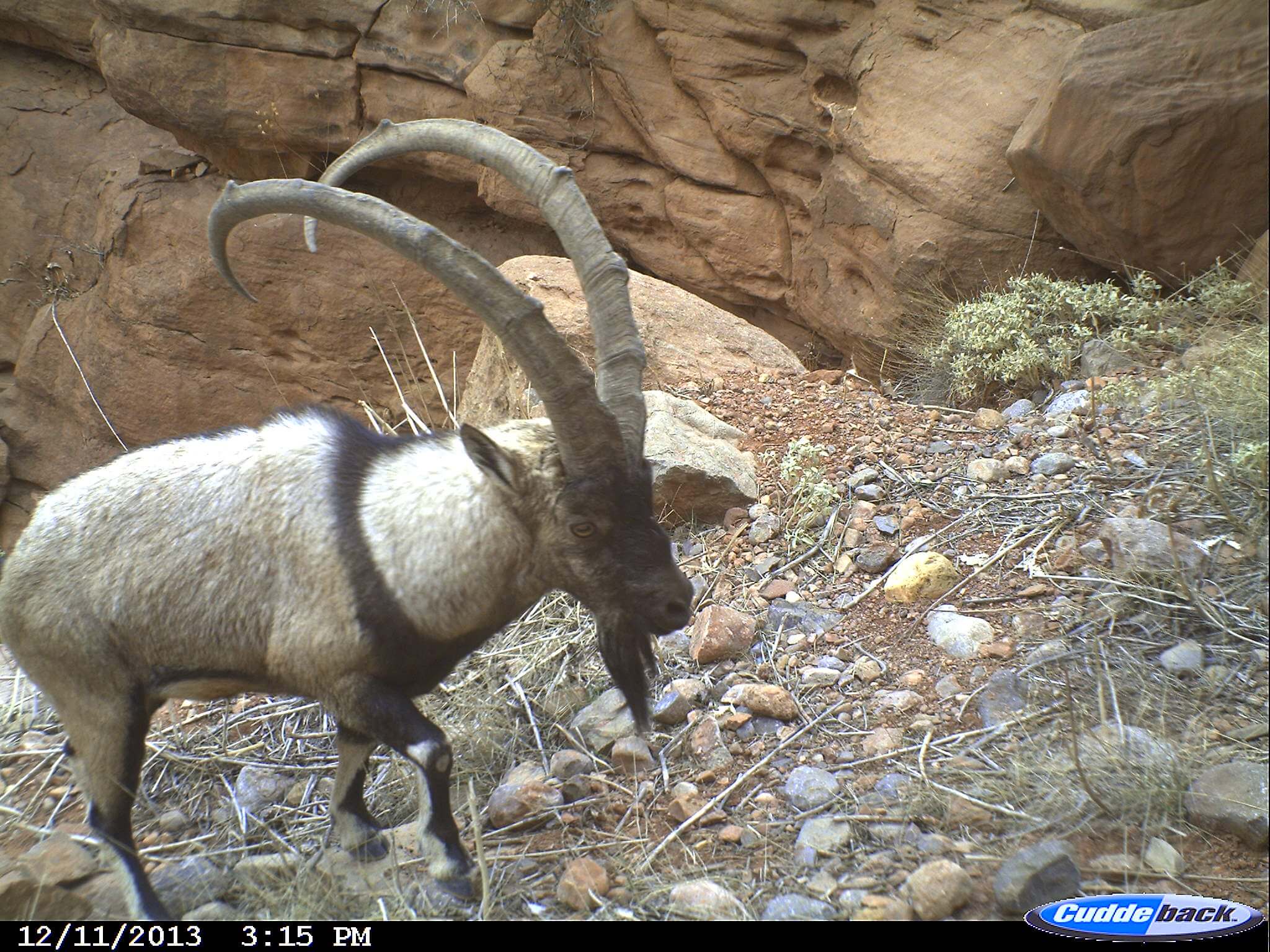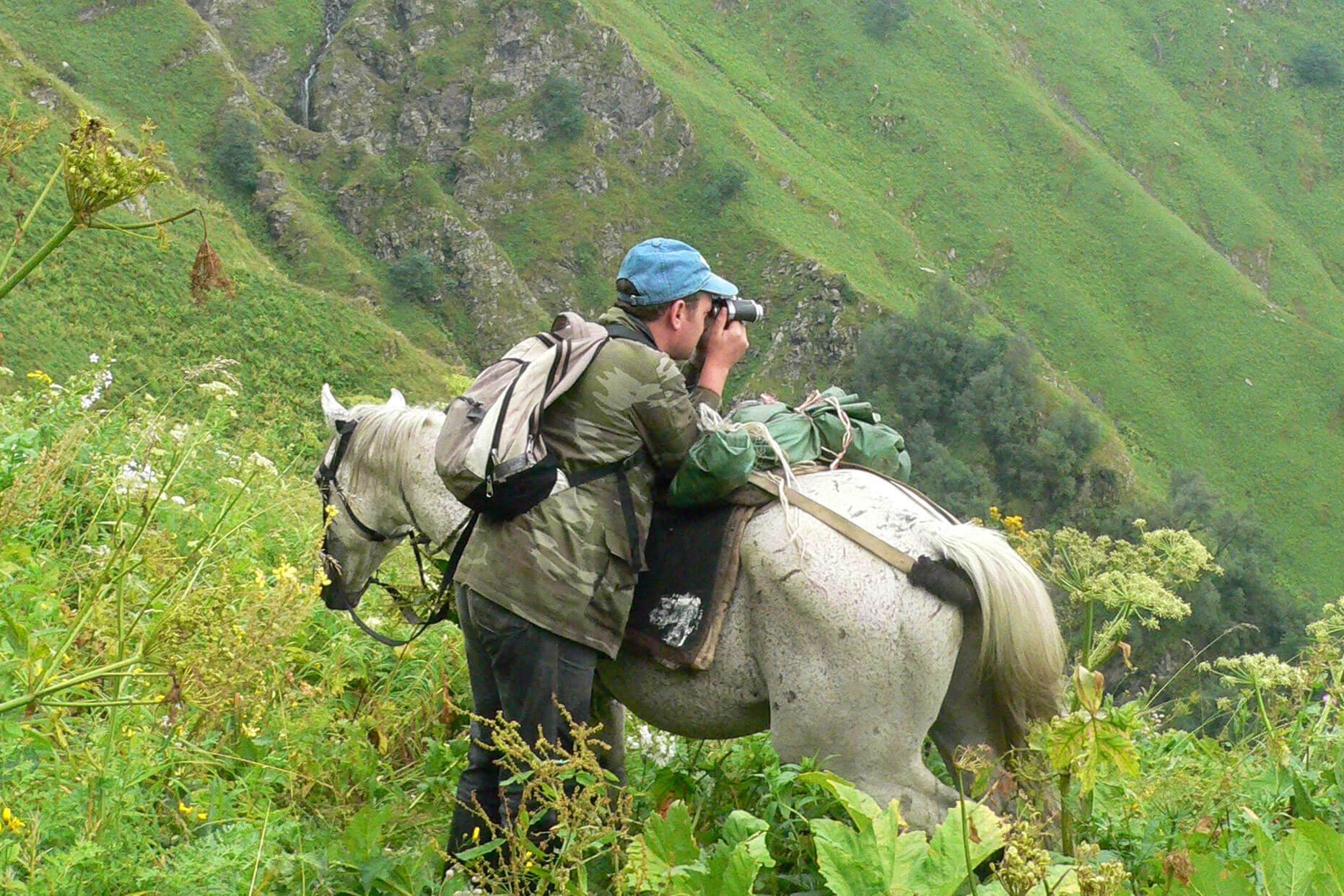The World Wide Fund for Nature, or WWF as it is universally known, has done crucial work in Azerbaijan in the restoration and sustainability of native leopard and gazelle populations, as well as doubling the size of protected areas across the country in the past 15 years. We speak to Elshad Askerov, director of the WWF in Azerbaijan, about these achievements
How does the WWF decide where to focus its efforts?
The WWF has identified 200 ecoregions around the world. These include terrestrial, freshwater and marine ecoregions that are home to exceptional biodiversity. We then assess each one’s irreplaceability or distinctiveness. Factors taken into consideration include species diversity, the presence of endemic species, unusual ecological or evolutionary phenomena, and the global rarity of its habitats. WWF has developed strategies and long-term plans to reach its global goals, while ecoregional and national offices of WWF also have their own, more focused goals, and objectives and plans to reach these goals.
And how does the Azerbaijan office of the WWF fit into this global plan?
WWF Azerbaijan is a member of both the WWF Caucasus and WWF International families, and therefore most of our projects have regional approaches with a focus on their global significance. With the support of more than 140 experts from all over the region, WWF Caucasus has developed an Ecoregional Conservation Plan (ECP). This comprehensive document describes all of the existing environmental problems in the region and identifies priority areas where we can implement our projects. It has a clear thematic and geographic focus and defines the borders for future operations. As a director of WWF Azerbaijan, I am focused on ideas coming out of the WWF Global Program Framework as well as our own ECP.
Tell us about your current projects in Azerbaijan.
WWF started its first projects in Azerbaijan in 2000, including conservation of the Caucasian leopard. By the end of the Soviet era, this charismatic big cat was on the verge of extinction. The collapse of the Soviet Union, with the subsequent armed ethnic conflicts and economic crises, caused wide-ranging problems for effective nature conservation. Poaching and illegal logging with the destruction and fragmentation of leopards’ natural habitats have led to a drastic decline in the populations.
WWF has long supported local governmental bodies in establishing and developing protected areas. Over the past decade, the Azerbaijani government has quadrupled the size of protected leopard habitats, while the overall size of protected areas across the country has doubled. This has made it possible to halt the decline of animal populations and even increase their numbers.

A Caucasian leopard (Panthera pardus) captured by a camera trap in the Zangezur Mountains, Nakhchyvan Autonomy, Azerbaijan
How successful has your work with leopards been so far?
In the early stages of the project it was nearly impossible to find even one or two leopard tracks along the daily transects set up in the mountains to record the animals’ movements. Indeed, it was only in 2007 when the first photo of a leopard was captured by our camera traps, in the Hyrkan forest, and then again in the Zangezur Mountains in 2012. However, during the past five years, we have managed to capture some 400 images and 100 videos of 16 individuals, which is extremely encouraging. And the most important news of all is that leopards are now breeding in the Caucasus again. We have two breeding groups in Nakhchyvan and Hyrkan, and last year five leopard cubs were successfully raised by two females. This year, one more breeding pair was registered by our cameras and we are looking forward to seeing their cubs soon.
How has your work on leopard conservation been supported?
Since its establishment in 2011, Azerbaijan-based non-profit the IDEA (International Dialogue for Environmental Action) Public Union has actively supported our work in leopard conservation. The Caucasus Cat Summit, for example, organized by IDEA in 2014, attracted the attention of international conservation societies and shone a spotlight on the challenges in Caucasian leopard conservation. Twenty photo traps were also gifted to us by IDEA founder, Leyla Aliyeva, in order to support the WWF leopard-monitoring program we run here.
Another major project for the WWF in the region has been working on restoring the gazelle’s historical range in the Caucasus. Can you tell us about that aspect of your work?
Yes. Historically, gazelle populations have been affected by various natural and anthropogenic factors, including fluctuating levels of the Caspian Sea, and the continual military invasions that cross their habitats. At the beginning of the 20th century, it was documented that thousands of gazelles roamed the central plains of Azerbaijan and the foothills of the Caucasus Mountains. Sadly, the introduction of motorized transport gave poachers greater access to their habitats and the population declined drastically. By 1960, there were less than 200 individuals in Azerbaijan. However, with the establishment of protected areas, the WWF working with the Azerbaijan Ministry of Ecology and Natural Resources, and the work of IDEA, we have managed to get the population up to about 6,000 gazelles. We are continuing to reintroduce animals into these areas.

Candid camera: A Wildgoat (Capra aegagrus) photographed in the Zangezur Mountains, Nakhchyvan Autonomy, Azerbaijan
Why is the gazelle so important in Azerbaijan?
Our literature, art and folklore is full of stories and poems devoted to gazelles. People name their daughters Ceyran (gazelle in Azerbaijani). Poets compare the beauty of their beloved’s eyes to that of the gazelle’s. And all Azerbaijani people know by heart the poem about gazelles by the Azerbaijani poet Samed Vurgun:
Hunter be kind! Don’t come into this place
Don’t tarnish courage with the shameful slay
Just let it serve not evil, but the good today
Gazelle has peeked into my heart with grace!
Tell us about the Eco-Corridors Fund (ECF) for the Caucasus project in Azerbaijan.
As well as doubling the overall size of our protected areas, Azerbaijan has established nine new national parks. But when it comes to the conservation of biodiversity and the free migration of species in what are known as the corridors between these protected areas and parks, additional measures are required. In order to do this, the WWF uses innovative approaches. One such approach is our project, the Promotion of Eco-corridors in the Southern Caucasus, for which we are supported by funding from the German government as well as by donations. The project seeks to promote environmentally sustainable land use, and we hope to establish these corridors as important networks on a regional level. To do so, we are working closely with local populations to teach the sustainable use of resources, but also to provide long-term compensation or incentive payments so that any limitation of resources does not lead to a loss of income among those that rely on the land in question.
What is your proudest achievement at WWF in Azerbaijanto date?
It would have to be gaining the trust of the local population, as well as that of the nature conservation and scientific communities. People know that the WWF invests in real work and that our projects have tangible results in the field. Over the past 15 or so years, the WWF has been able to mobilize people from all over the country and create a network of supporters, local enthusiasts, caretakers, community members and scientists, who are all ready to help us with any conservation problems. Working in close cooperation with local stakeholders, we have supported several protected areas such as the Shirvan, Shahdag, Zangezur and Hyrkan national parks, as well as the Zagatala, Ilisu, Korchay and Turianchay nature reserves. Our work has included the construction of ranger shelters and administrative and tourism centres, as well as providing vehicles, horses, field and office equipment and promoting efforts to develop sustainable tourism.
I must say I feel particularly proud when I see the smiling faces of children in our WWF summer camps, or newly born leopard cubs, or gazelles grazing peacefully in their historical ranges after nearly seven decades on the brink of extinction, and when I see restored forests on what was once treeless land.

Elshad Askerov, director of the WWF in Azerbaijan doing fieldwork in Zagatala, in the northwest of Azerbaijan
Images courtesy of World Wildlife Fund Azerbaijan




